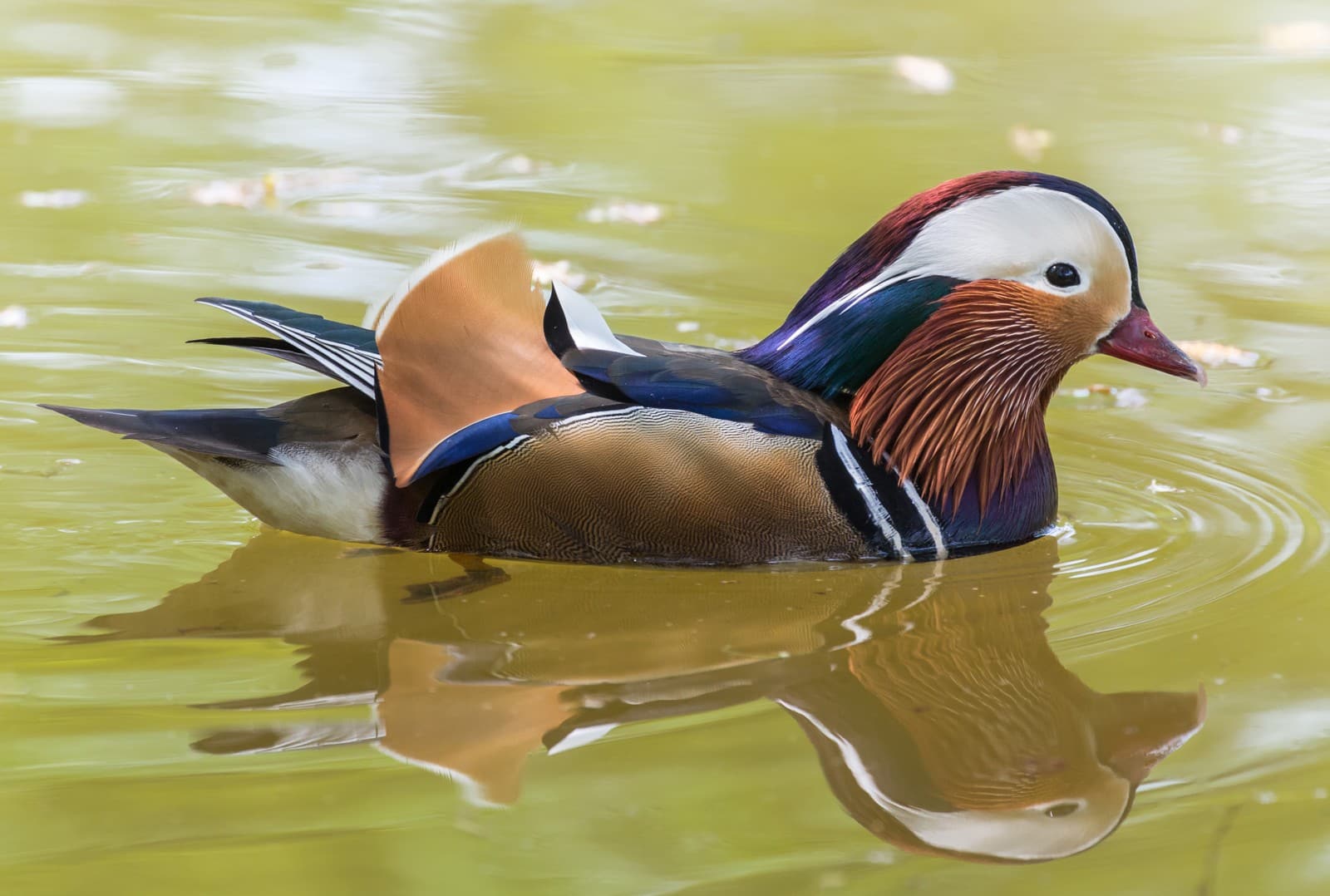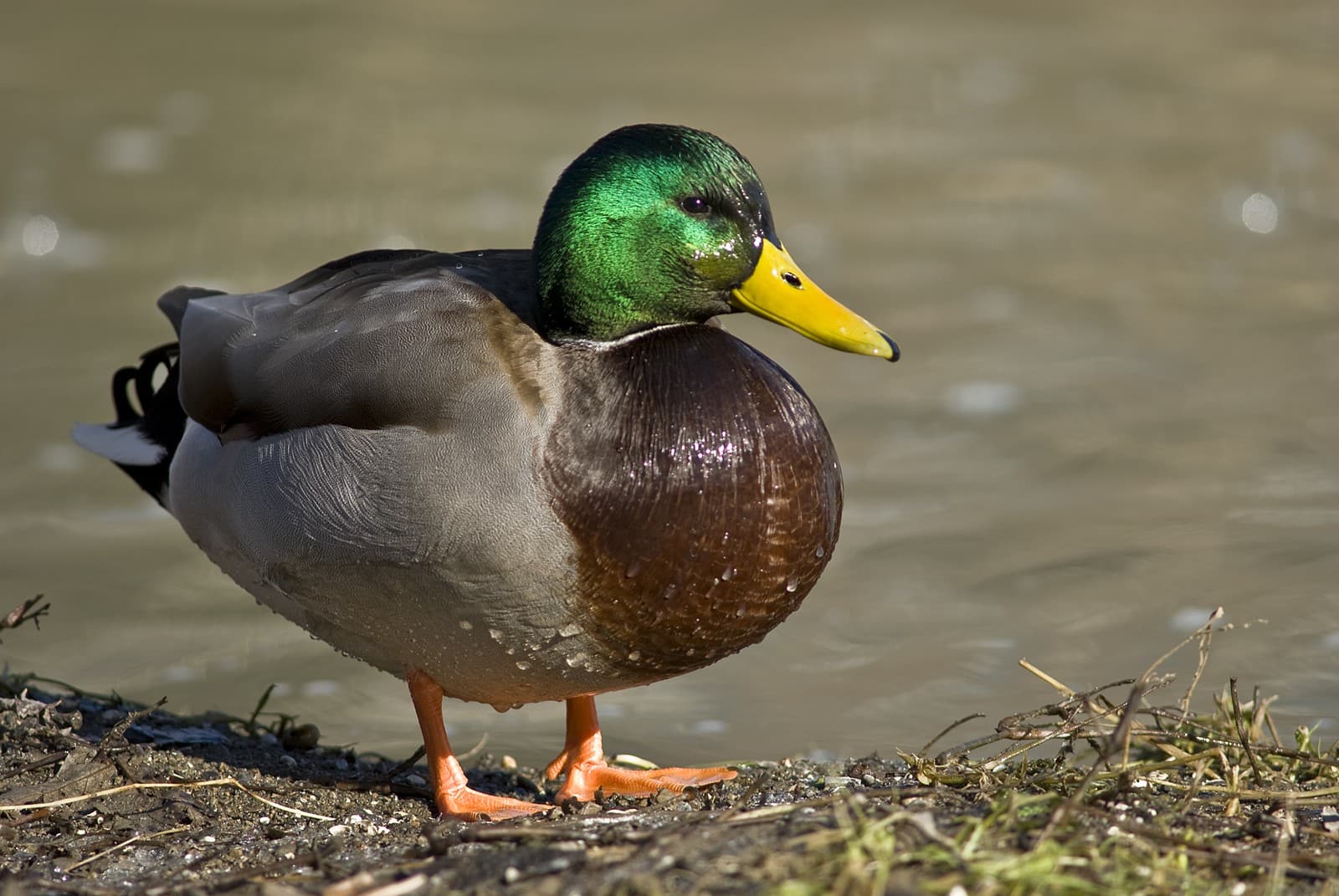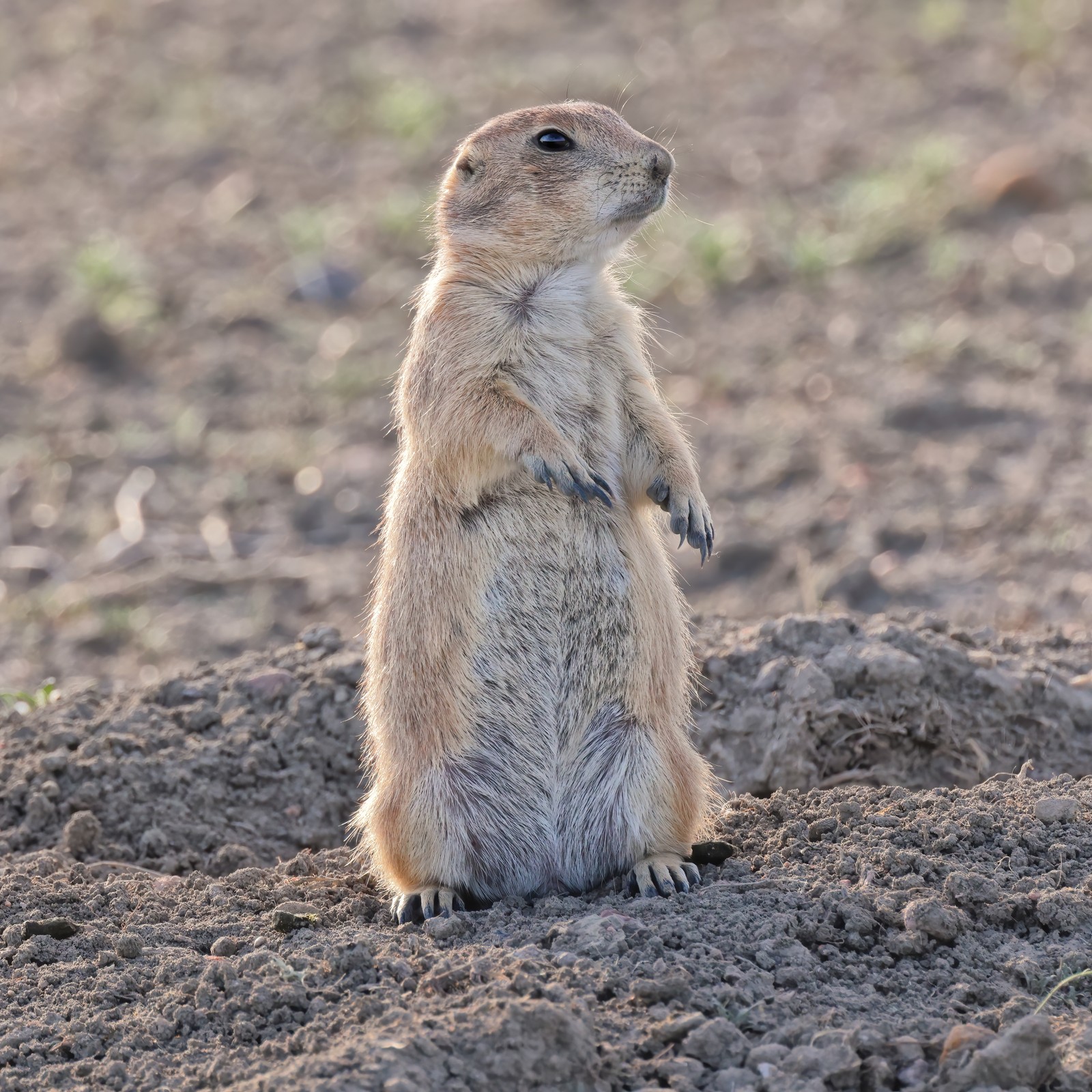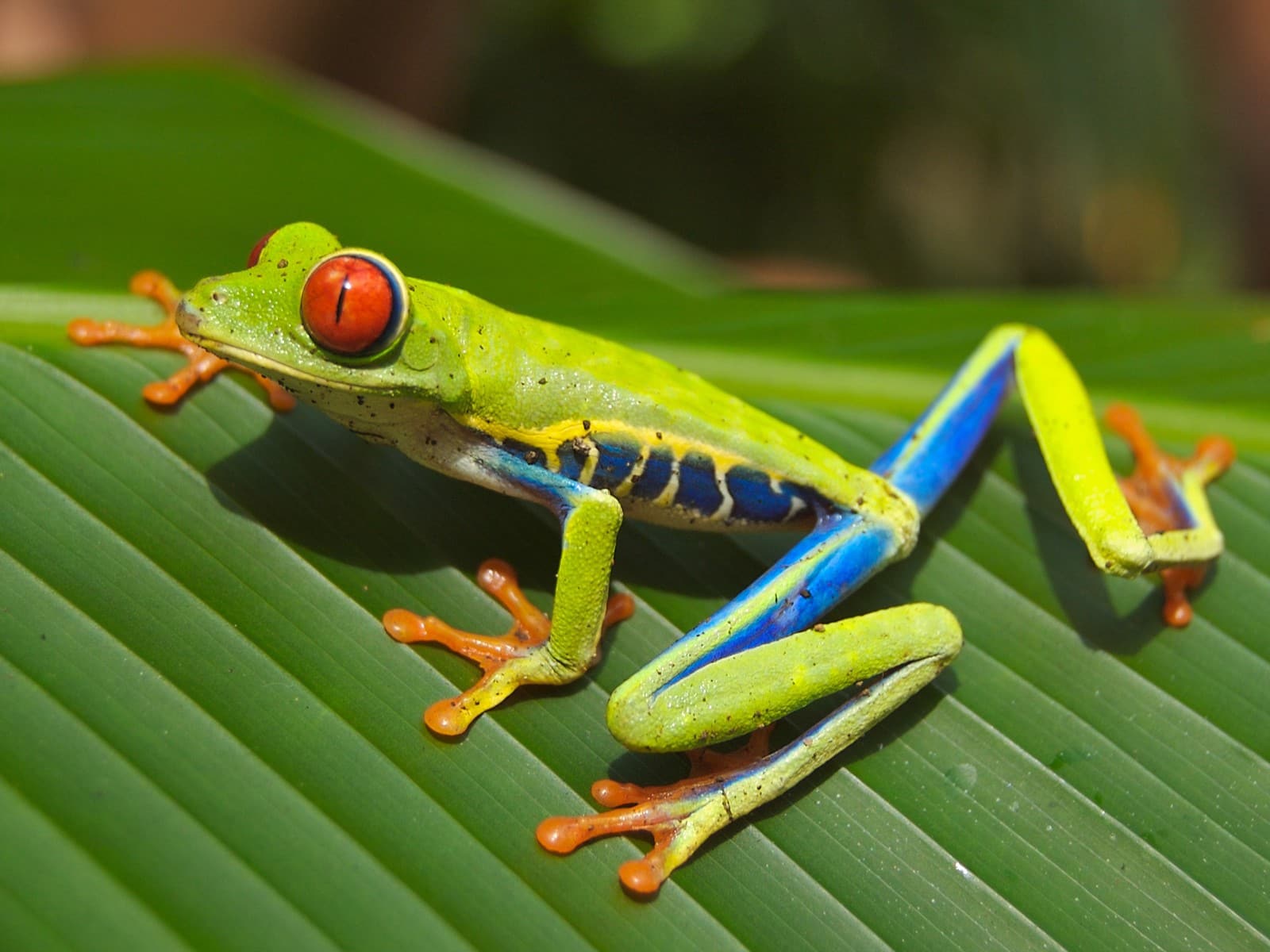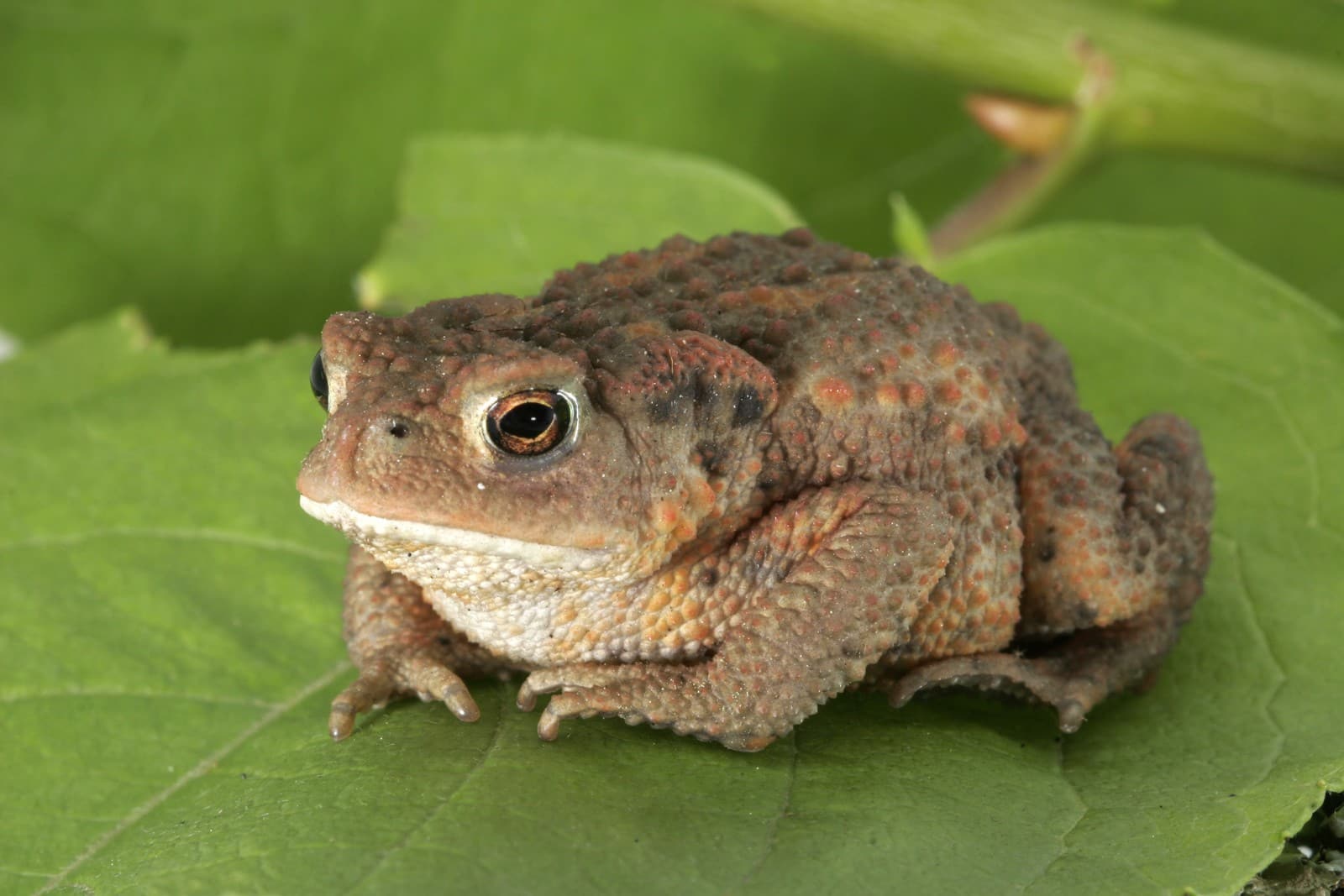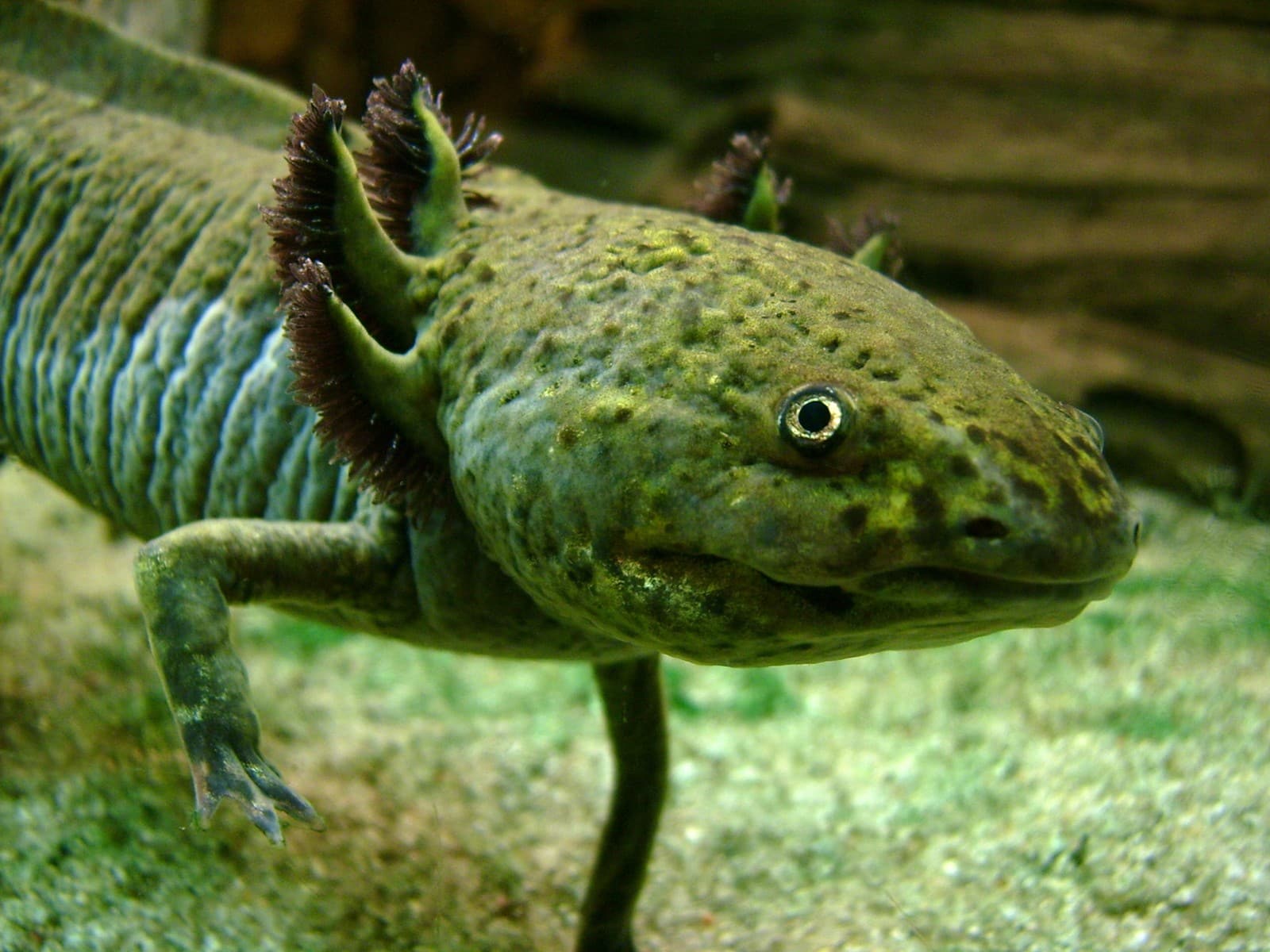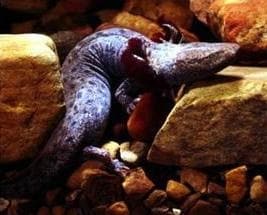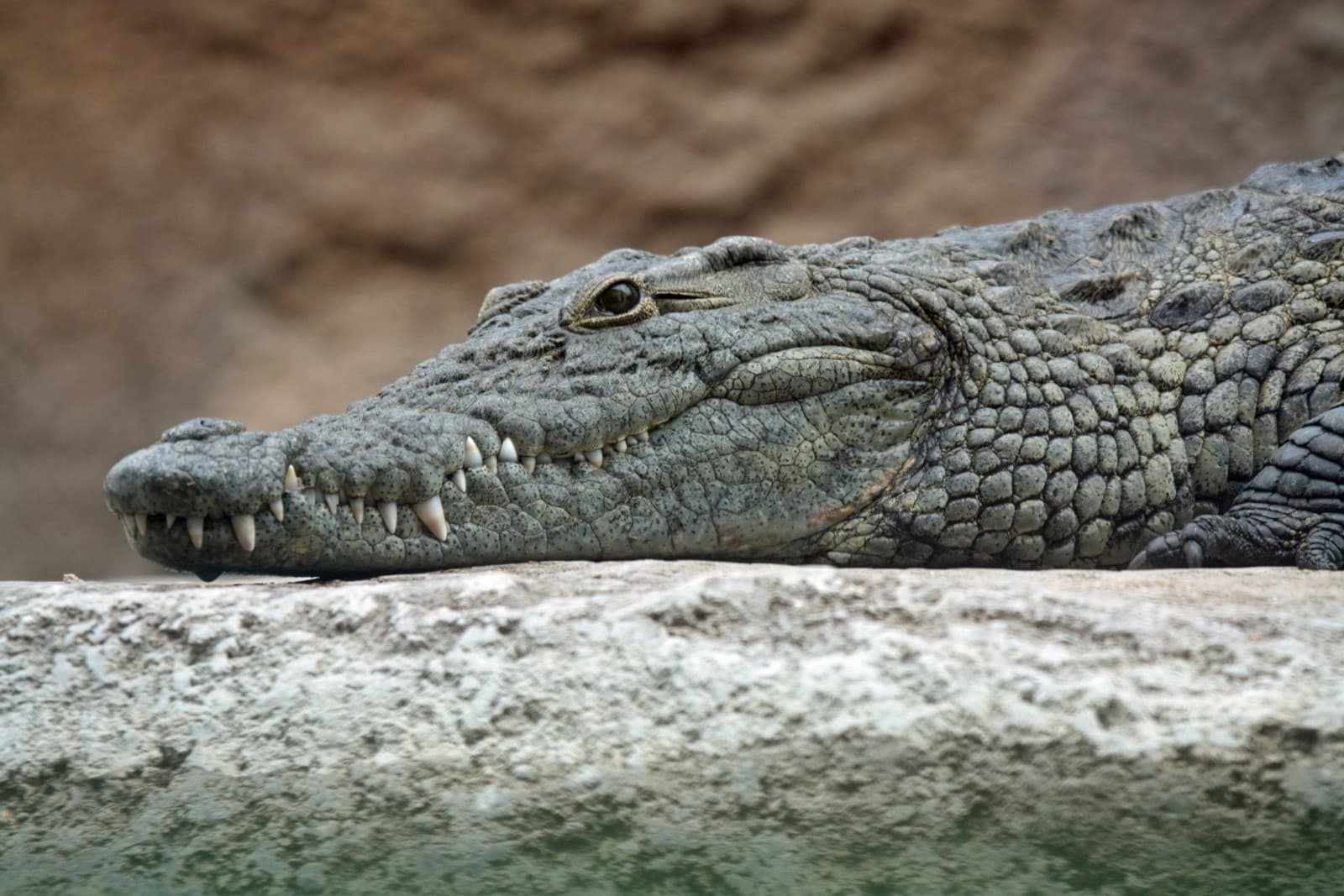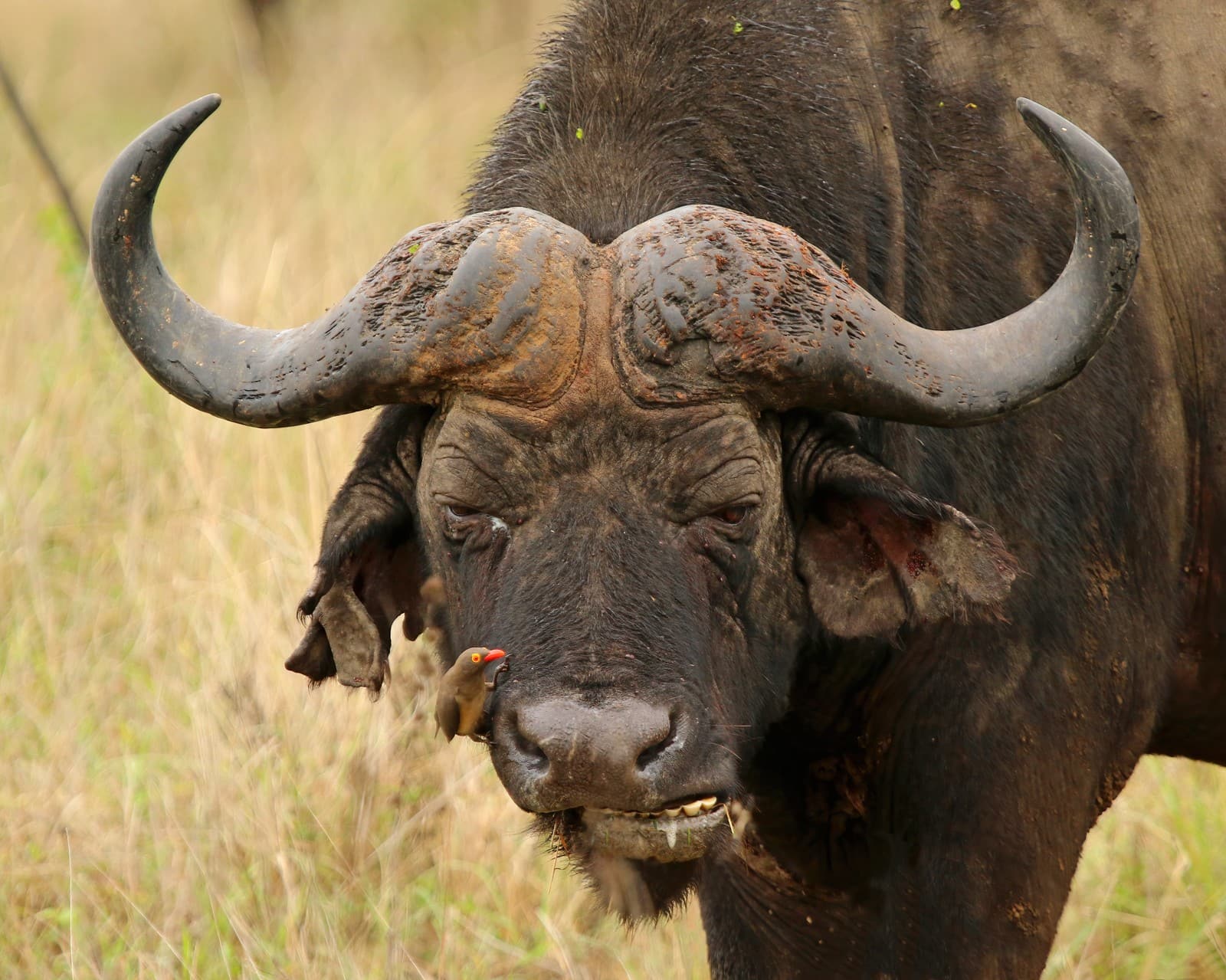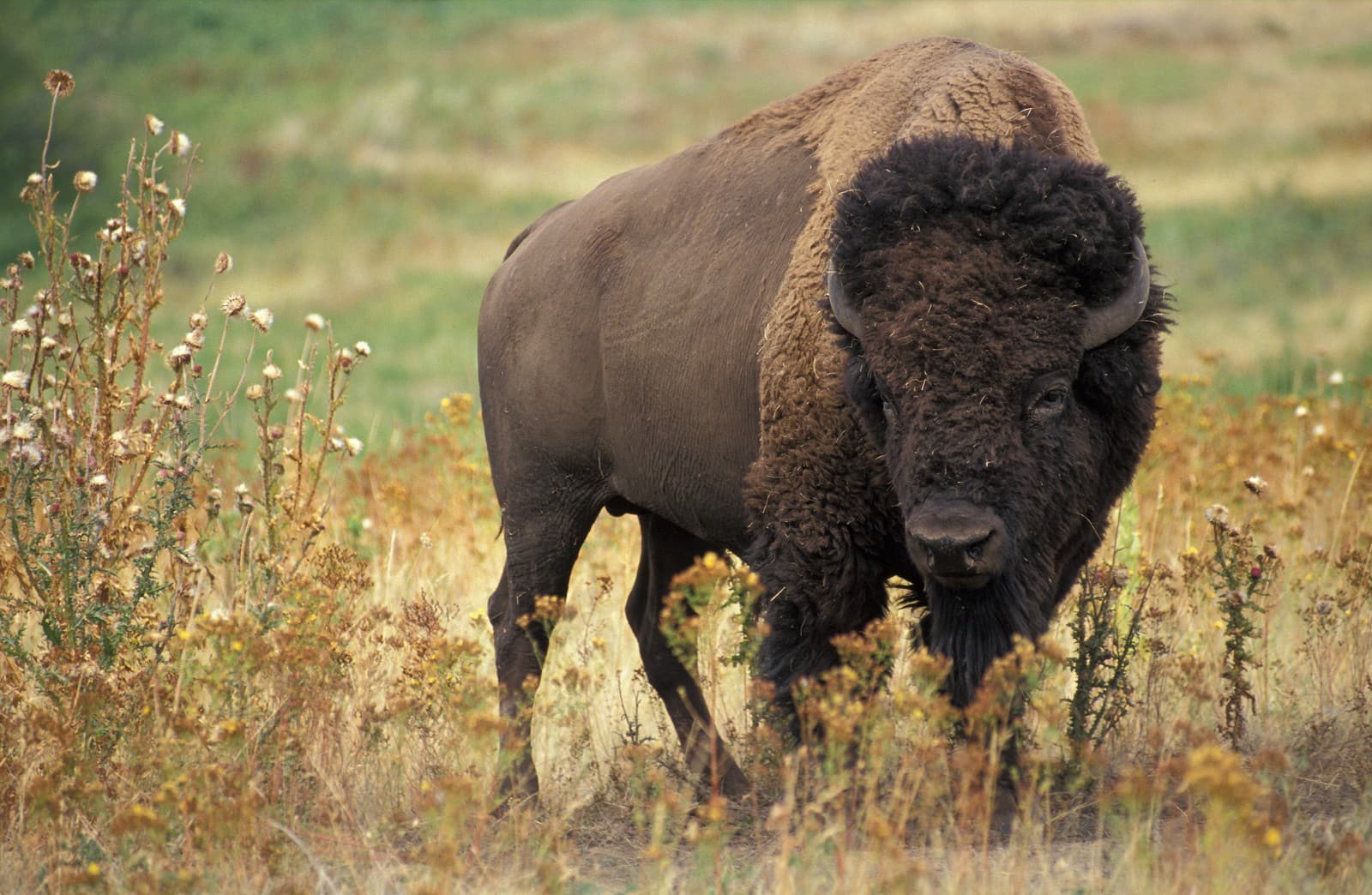Mallard vs Wood Duck: A Complete Comparison
When comparing Mallard vs Wood Duck species, these two iconic North American waterfowl showcase distinct characteristics that set them apart. Mallards are larger, weighing 1.6-3.5 pounds (0.72-1.6 kg), while Wood Ducks are more compact at 1-1.9 pounds (0.45-0.86 kg). Though both species are dabbling ducks, their habitats, behaviors, and appearances differ significantly.
The Mallard’s widespread distribution and adaptability contrast with the Wood Duck’s specialized woodland habitat preferences. These differences reflect their evolutionary adaptations and highlight why each species thrives in its preferred environment.
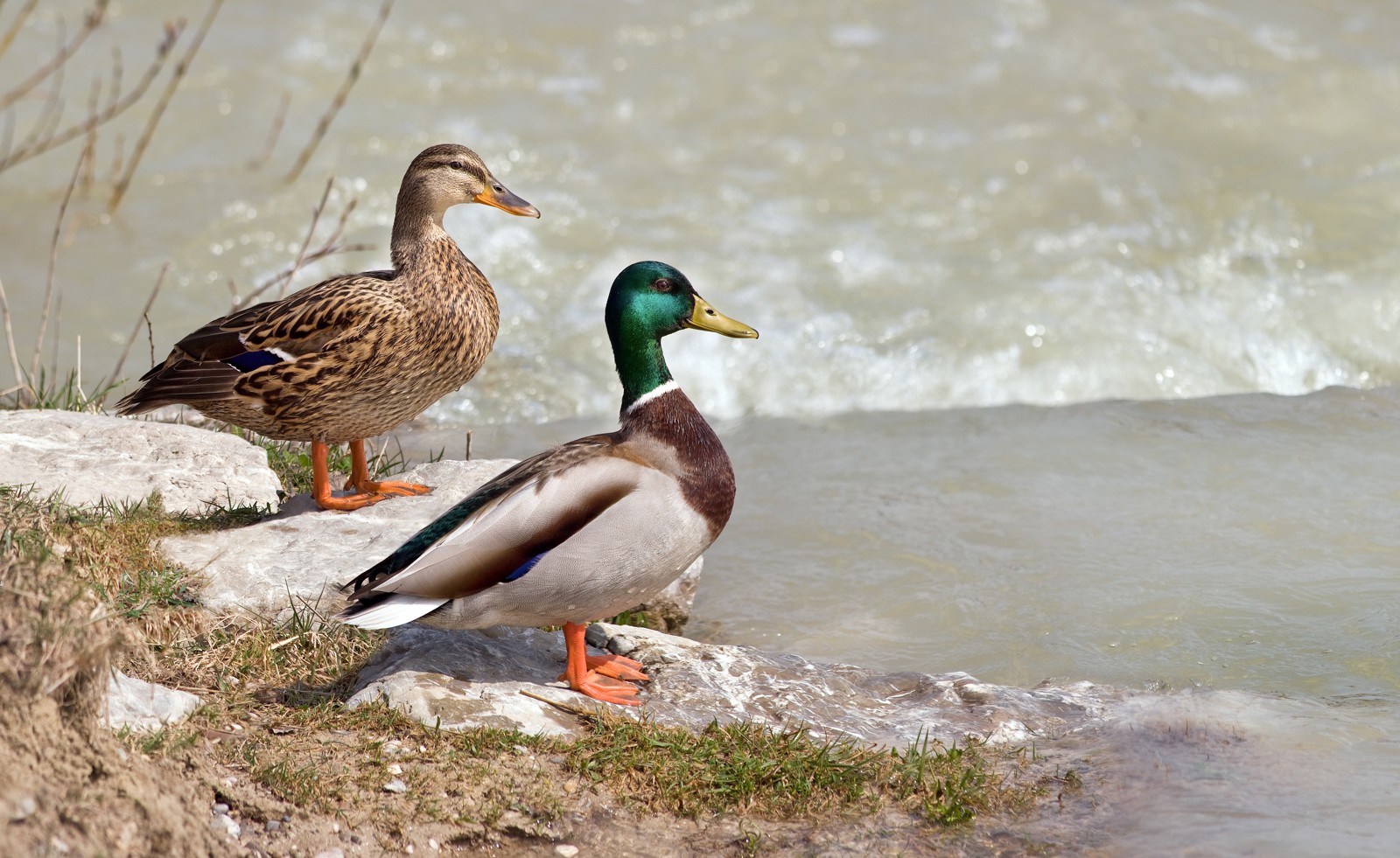
© This picture was realized by Richard Bartz by using a Canon EF 70-300mm f/4-5.6 IS USM Lens / CC BY-SA 2.5
The Mallard represents the quintessential duck species, known for its distinctive green head and widespread presence across urban and rural waterways. This adaptable species demonstrates the classic dabbling behavior characteristic of surface-feeding ducks.
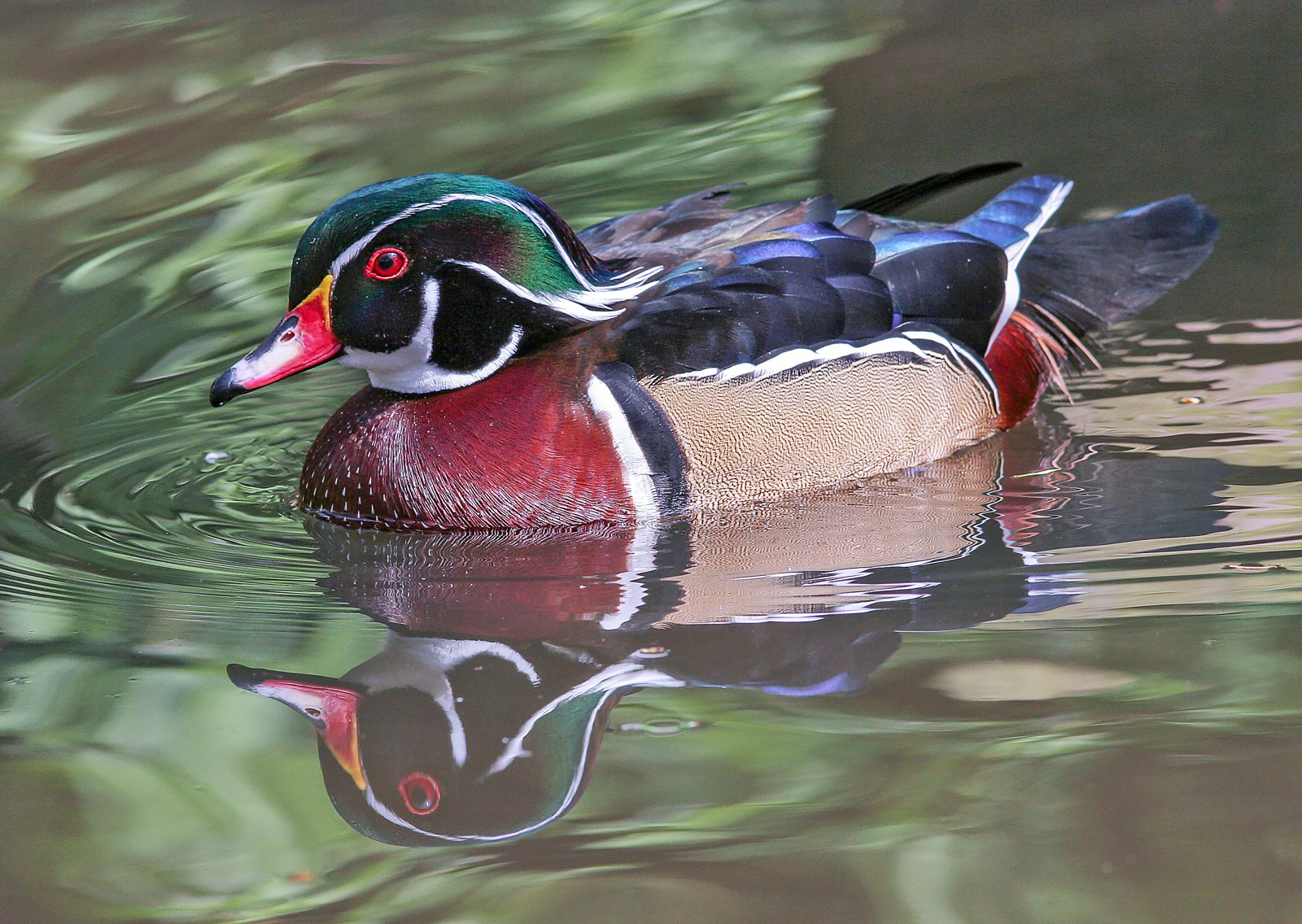
© Arjan Haverkamp / CC BY 2.0
The Wood Duck exhibits some of the most striking plumage among North American waterfowl, featuring an intricate pattern of iridescent colors. This forest-dwelling species shows remarkable adaptations for life among trees, including specialized claws for perching.
Key Physical and Behavioral Differences
| Feature | Mallard | Wood Duck |
|---|---|---|
| Size | 20-28 inches (51-71 cm) | 17-21 inches (43-53 cm) |
| Weight | 1.6-3.5 lbs (0.72-1.6 kg) | 1-1.9 lbs (0.45-0.86 kg) |
| Habitat | Open wetlands, ponds, parks | Wooded swamps, forest pools |
| Nesting | Ground nester | Tree cavity nester |
| Diet | Seeds, aquatic plants, insects | Seeds, fruits, aquatic invertebrates |
| Swimming Style | Surface dabbler | Surface dabbler with tree perching ability |
Habitat and Distribution
Mallards demonstrate remarkable adaptability, thriving in virtually any water body from city park ponds to remote wetlands. These versatile ducks occupy territories across North America, Europe, and Asia, showing particular success in human-modified landscapes.
Wood Ducks, conversely, require specific habitat conditions, preferring wooded swamps and forested wetlands. Their specialized needs include mature trees with suitable nesting cavities and overhead canopy cover, making them more sensitive to habitat changes.
Breeding and Nesting Behavior
The breeding strategies of these species reflect their evolutionary adaptations:
-
Mallards:
- Ground nesters
- Construct nests in tall grass or reeds
- Clutch size: 8-13 eggs
- Incubation: 26-30 days
-
Wood Ducks:
- Cavity nesters
- Use tree holes or nest boxes
- Clutch size: 10-15 eggs
- Incubation: 28-32 days
Diet and Feeding Habits
While both species are classified as dabbling ducks, their feeding preferences show distinct specializations:
Mallards primarily feed on:
- Aquatic vegetation
- Agricultural grains
- Small aquatic invertebrates
- Surface-level water plants
Wood Ducks concentrate on:
- Tree-based foods (acorns, berries)
- Aquatic plants
- Seeds from forest vegetation
- Terrestrial and aquatic insects
Conservation Status and Population Trends
Both species have experienced different conservation challenges and successes:
Mallards maintain stable populations due to their:
- Adaptability to human environments
- Successful breeding programs
- Wide habitat tolerance
- Hunting management practices
Wood Ducks represent a conservation success story after:
- Near extinction in early 1900s
- Successful nest box programs
- Habitat protection efforts
- Regulated hunting practices
Who Would Win in a Confrontation?
While direct confrontations are rare, Mallards typically dominate in competitive situations due to:
- Larger size and weight
- More aggressive territorial behavior
- Greater strength in water-based encounters
However, Wood Ducks avoid conflict through:
- Superior maneuverability
- Ability to escape to tree perches
- Preference for isolated territories
This comparison of Mallard vs Wood Duck species reveals how different evolutionary paths have created two successful but distinct waterfowl species, each perfectly adapted to its ecological niche.
